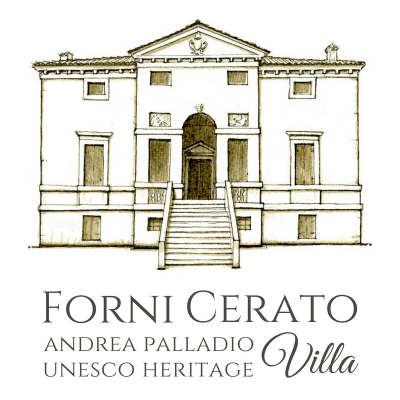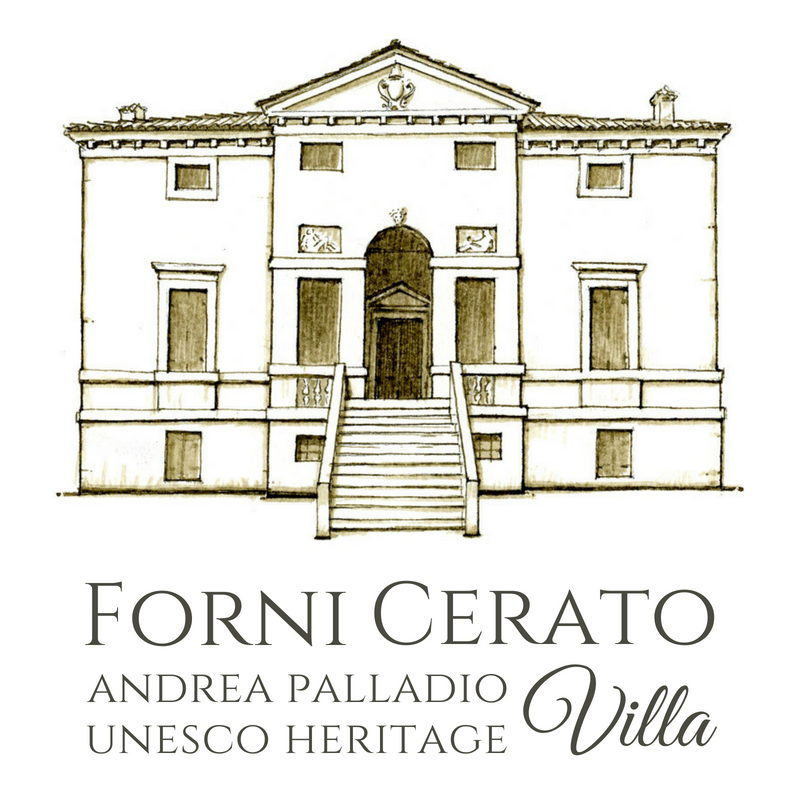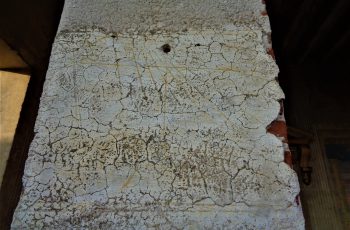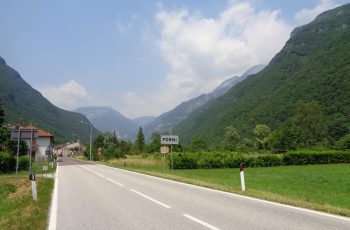Altarpiece by Girolamo Forni in former San Biagio’s Church
The cloister of San Biagio, near the Pusterla bridge, was built in the first half of the sixteenth century. On December 20, 1521 the Franciscan community bought from Cardino Poiana, son of Gregorio, a possession in Pra ‘del Purgo, also called Contra dell’Asenello, in an area separated from the district then called Pedemuro San Biagio and which reached the bank of the Bacchiglione, near the Pusterla bridge.
Within the Church of San Biagio, works by the great F. Maffei, B. Montagna, A. Maganza were placed and Girolamo Forni as well was included, thanks through its Altarpiece “Immaculate Conception”. We know that it was the subject of a controversy between the Cappasanta and Ferramosca families who both claimed ownership of the altar and its painting. In 1802 the painting was returned to Leonardo Ferramosca and since then we have no news of the location of the artwork.
We have no image, neither of the work, nor of the original aspect of the Church which unfortunately underwent, together with the convent and the rest of the complex, a series of changes of intended use. The convent became a prison and the church became a stable. It was a transformation at times radical, which led to demolition, elevation, superfection, closures and, in the vegetable garden, new constructions, which continued throughout the second half of the nineteenth century and also in the twentieth century, until 1986, when San Biagio was abandoned by the prison administration. Meanwhile, the church suffered frightening outrages. The dispossession and the consequent dispersions were not enough, not even the contempt with which the Napoleonic administration made it the stable for the cavalry. In 1928 part of the cloistered building and the church were sold to the Royal Automobile Club of Italy, in order to obtain its own headquarters and make use of the volume of the religious building to install a public garage there. Here is the origin of that shameful use, which is still perpetuated today. Now the structure, convent, church, even prison buildings, faces a miserable decline.








